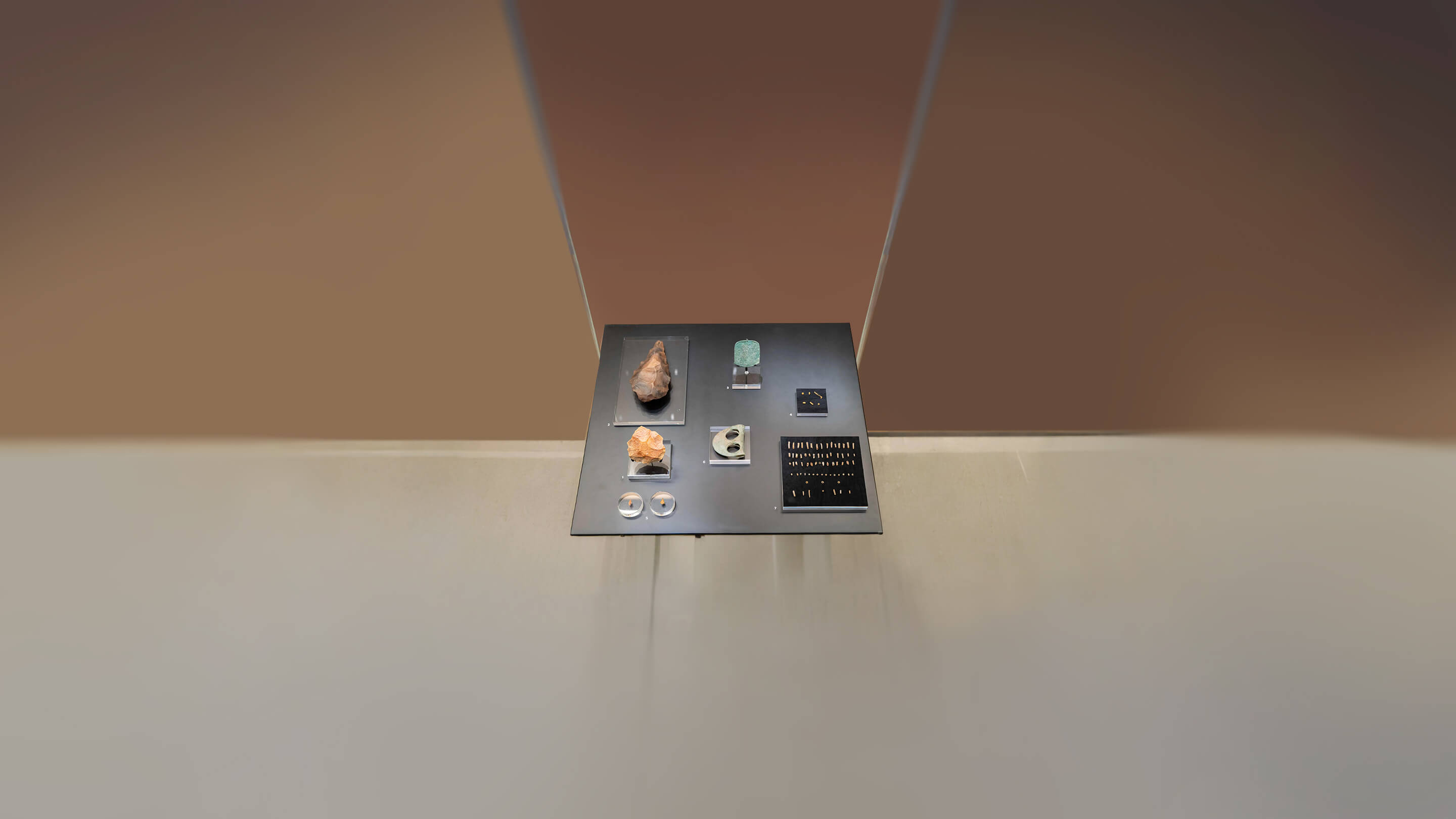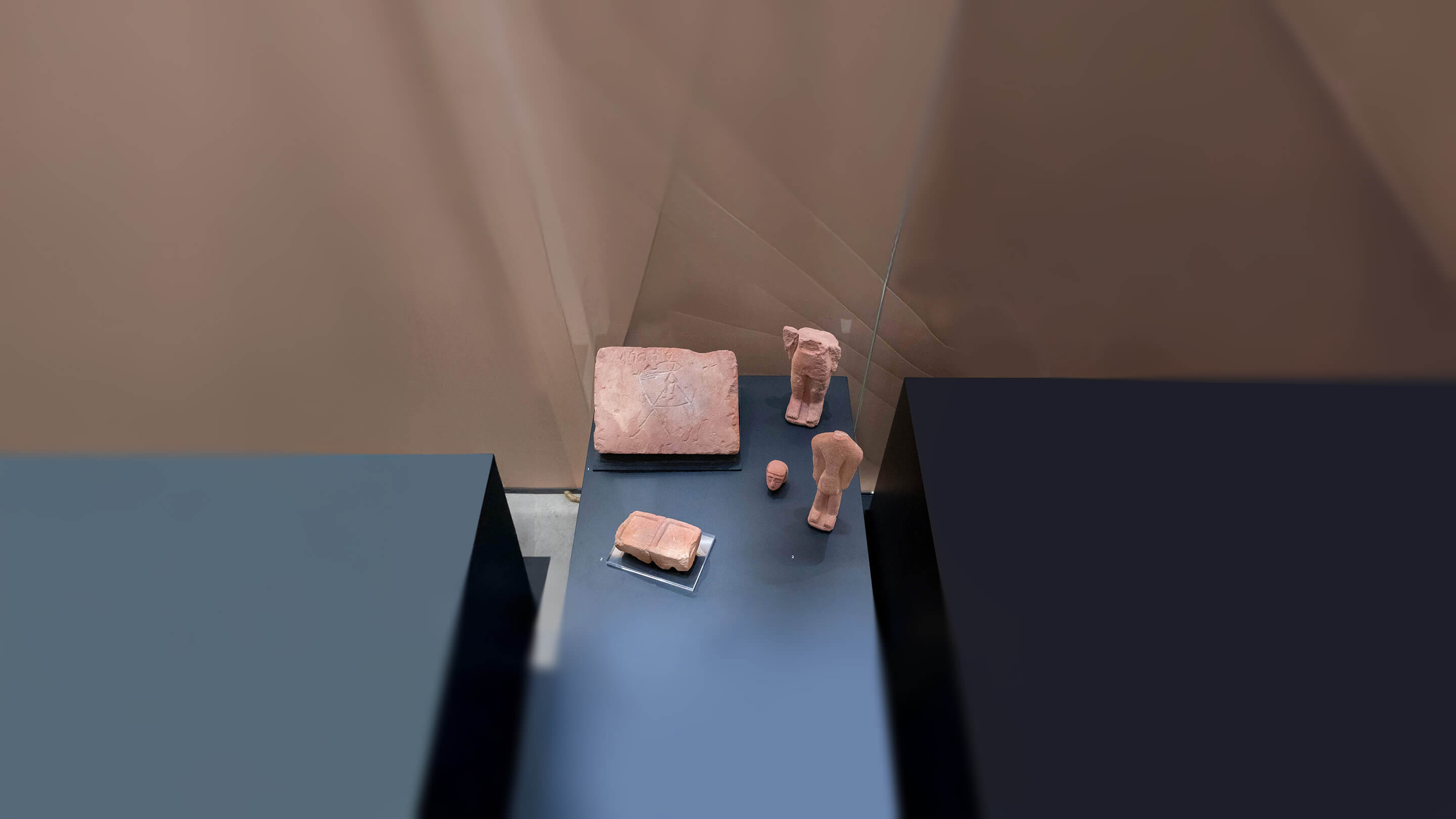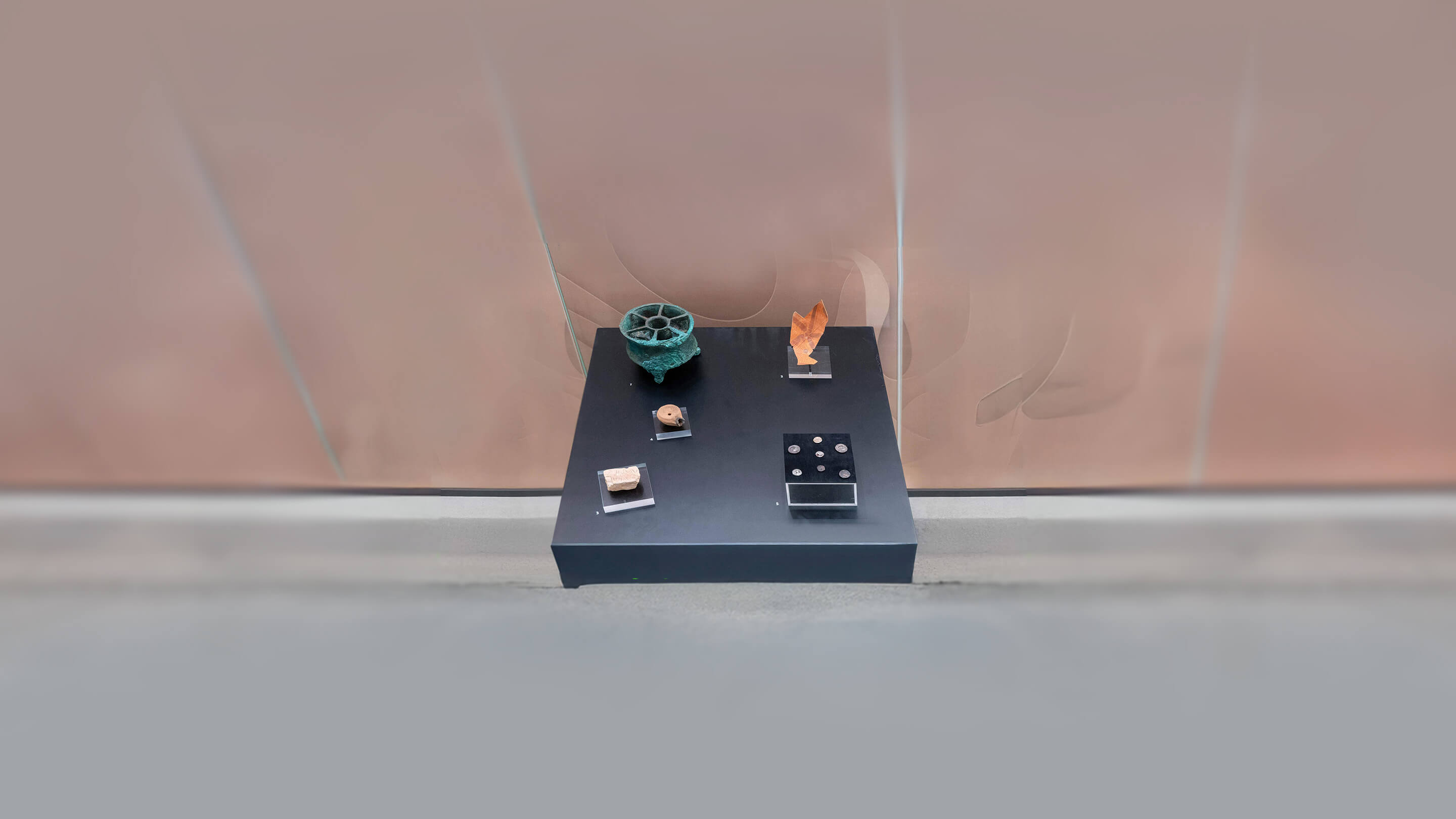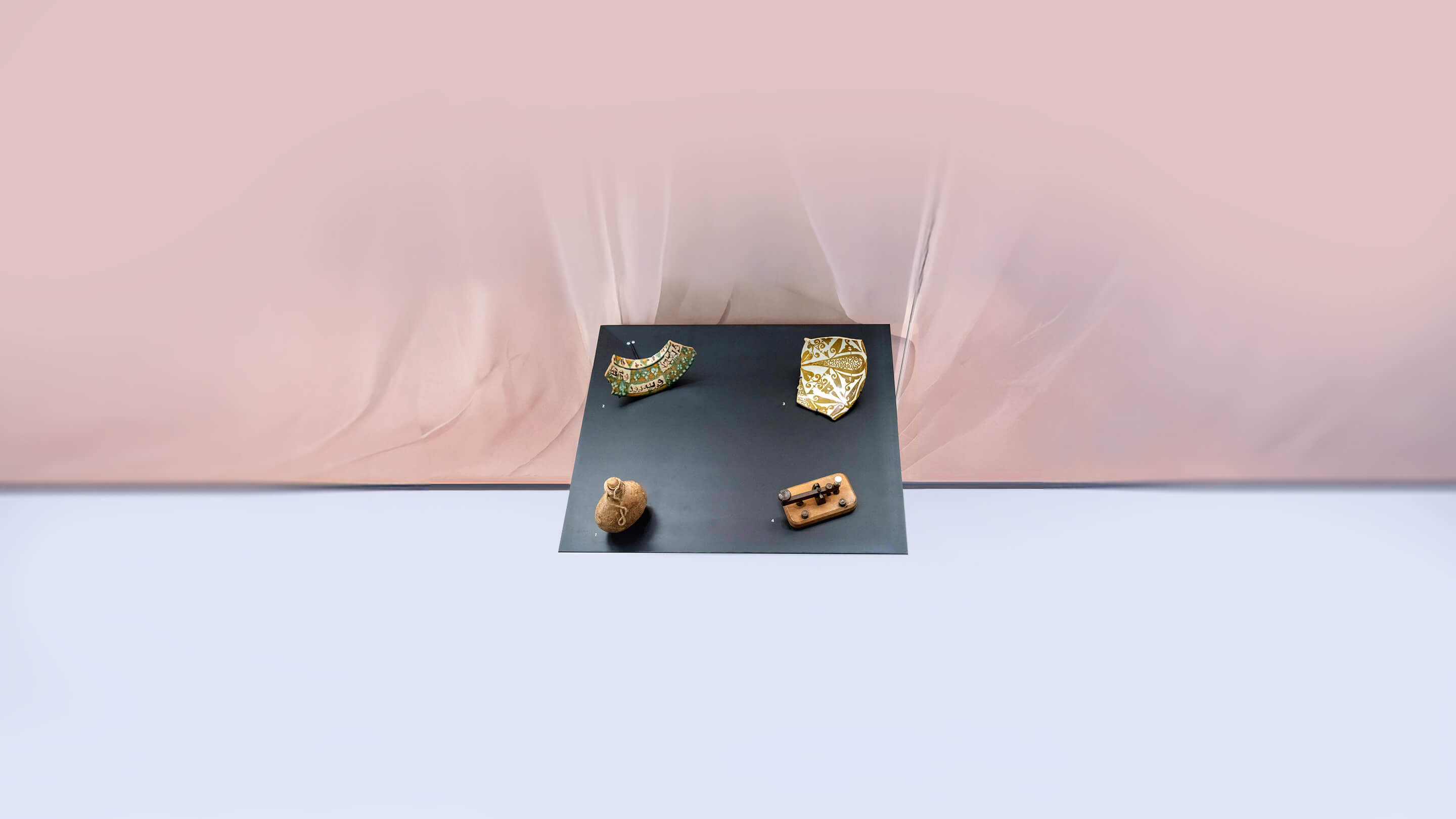AlUla has an extraordinarily rich and varied cultural heritage landscape that both surprises and intrigues the visitor in equal measure. The ambitious archaeological research programme currently consisting of twelve survey, excavation and scientific projects with over 200 archaeologists and specialists working across the landscape are deepened our understanding of the past environment, land use and human occupation of the region.
The exhibition curated specifically for the AlUla World Archaeology Symposium 2024 shows that for millennia peoples have crossed through the region. Whether following herds, driving camel caravans laden with incense, or as devotes following the Hajj, people have paused here, leaving an enduring legacy. This legacy ranges widely from monumental architecture of the prehistoric periods, rock art and inscriptions to the intangible relics discernible in the influences on art, culture, tradition and belief.
Where to?




